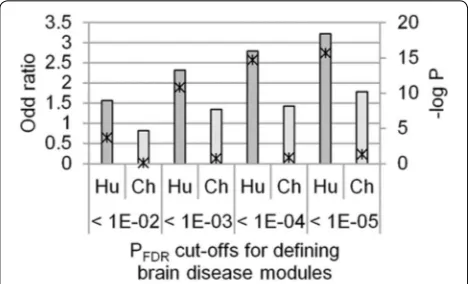Disease association and inter-connectivity analysis of human brain specific co-expressed functional modules
Full text
Figure




Related documents
To determine whether variations to the physicochemical properties of the membrane affect the process of vesicle fusion, we worked with binary and ternary mixtures of large
Overall, the cotton-based mulches (COBY and cottonseed hulls) performed equal to or better than the conventional wood and paper hy- dro-mulches in regards to reducing
The proposed interface would serve as a portal to IDD (and other) data sets, using Gempak scripts (such as used for our real-time weather map server, http://weather.unl.edu/cws/) to
To promote the services effectiveness for firms and operations efficiency for third party logistics service providers, and to minimize the uncertainties associated
For step regularity and stride regularity, in-lab usual walking differed from the best, worse, and typical daily-living values (p < 0.0001), while dual-task walking tended to
As in Experiments 1 and 2, participants who were asked to form an impression of a counter- stereotypic gender occupational role model did not base their evaluative judgments of a
(a) By using the function outer, write a function which takes the arguments xVec and yVec and returns the vector zVec.. (b) Repeat part (a) but use sapply instead